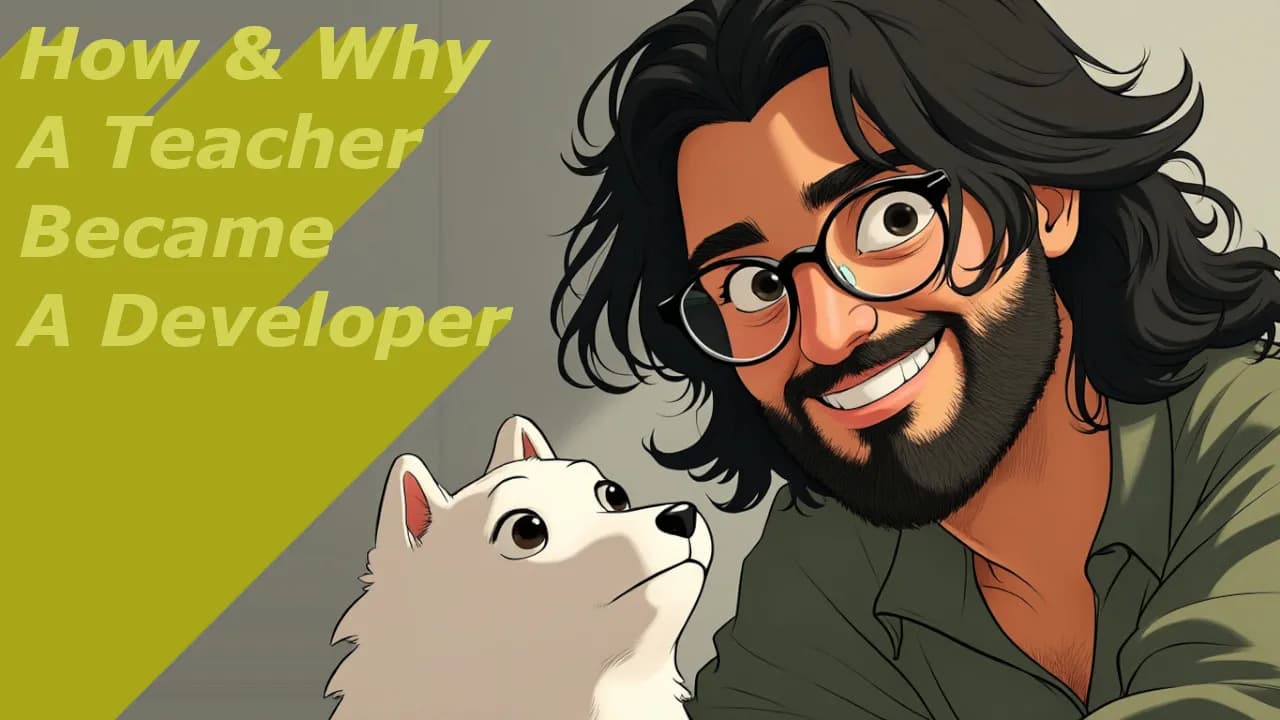Back in 2012, when I was just a 12-year-old kid, I was like many of my peers—obsessed with Minecraft. It had just been released, and I was completely hooked. But unlike most kids, I wasn’t just playing the game. I was constantly researching it, learning how crafting worked, figuring out enemy health and damage stats, and even creating custom maps. But I didn’t want to keep all this information to myself—I wanted to share it with others.
That’s when I got the idea to create a website. I built my first website on bedavasitem.com, which required zero coding knowledge. It even let me create a forum. I used it to publish the maps I had built and share all the information I had gathered in well-organized, Turkish-language posts. This was the first sign of my passion for teaching and sharing knowledge.
At some point, I realized I could customize my website beyond the default templates by adding custom scripts from a site called koddostu. There were three text areas in the site editor: one for the top section, one for the bottom, and one for custom CSS. By pasting various scripts into these sections, I could make my site look different from the standard options.
One day, I stumbled upon a forum post that said something like this:
“The top and bottom sections of the design are just HTML and CSS. They’re just split sections of a webpage where the content goes in between.”
That was an aha! moment for me. I had to learn what HTML and CSS were. So, I bought a book: HTML5 and CSS3 by Dikeyeksen Publishing. I started learning from it, and later, I expanded my knowledge through online resources.
I began designing my own layouts, starting with table-based designs, then moving on to div-based layouts. Inspired by Minecraft, I even created a custom site design using its textures. My cousin and brother loved it. As time passed, I transitioned into more modern design techniques, learning Flexbox and CSS Grid. Some of my old designs are still sitting in my Google Drive.
My first experience with JavaScript came much later, around 2017. I was trying to build a simple image gallery and needed DOM manipulation. That’s when I encountered zero-based indexing for the first time—and struggled with it.
Later, I started noticing that every webpage had the same header, footer, and sidebar sections. I thought, “Surely, there must be a way to avoid copying and pasting these into every single file.” This mindset of looking for existing solutions before reinventing the wheel still sticks with me today.
At the time, I had no idea what Multi-Page Applications (MPA), Single-Page Applications (SPA), or Server-Side Rendering (SSR) were. For me, everything was just a bunch of static files running on the file:// protocol in my browser.
As I searched for a way to reuse code across multiple pages, I discovered PHP and the LAMP stack. That’s also when I first installed Linux Mint. In just three days, I built a blog using PHP and MySQL—one that was wide open to SQL injection and XSS attacks. The code was absolute spaghetti, but hey, I learned how the language worked! Luckily, I never launched that site publicly.
Later, I rewrote the site in WordPress, then again in Django, but I never published those versions either. My goal was always the same: to share what I learned, especially about Linux and programming.
During university, I studied teaching because I always had the urge to share knowledge. But reality hit me hard. The people who were supposed to train the teachers didn’t seem like respectable educators at all. I saw firsthand how broken the education system was. That’s when I made a firm decision: I wouldn’t pursue teaching as a profession. Instead, I focused on the one thing I was actually good at—software development.
At first, I spent years programming in Python, but I eventually realized that making a living with it would mean diving into data science or machine learning, which wasn’t my thing. So, I pivoted toward web development, specifically frontend development.
I researched industry trends and taught myself React. I learned about Client-Side Rendering (CSR) and Server-Side Rendering (SSR), then built a Next.js blog—this time, I actually published it.
Back in my Linux days at university, I also started a YouTube channel called “Herkes İçin Linux” (Linux for Everyone), where I created video content. I even made a Vim course on Udemy. My first successful website was actually built for that channel.
Eventually, I landed a job as a Frontend Developer. Since I didn’t have a formal CS degree and came from a teaching background, I felt the need to educate myself constantly. That’s why I read so many programming books.
Over time, I mentored several interns, and almost all of them told me the same thing: “You’re a great teacher.” That reinforced something I had always felt—I love teaching just as much as I love coding.
Now, I run my own blog using Next.js and Prisma ORM, where I write about programming and music. And because my passion for teaching never faded, I’m planning to start a new YouTube channel—this time focused on software development, not just Linux.
I hope I can keep this enthusiasm alive for a long time.
Album of the day:




